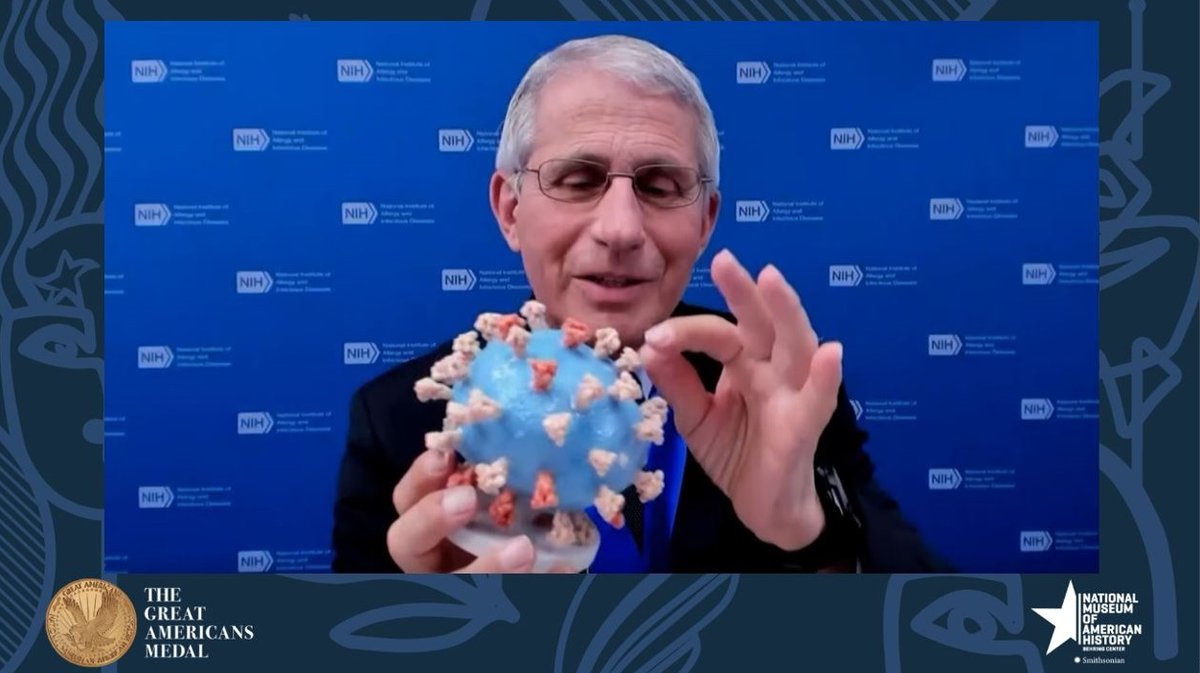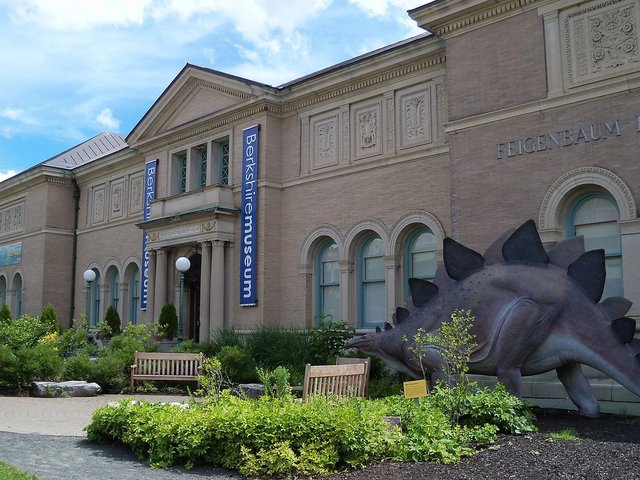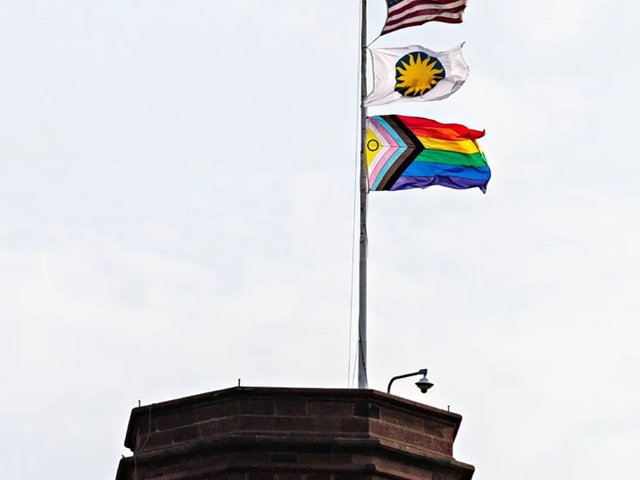The coronavirus is officially entering the annals of history. Dr Anthony Fauci, the director of the National Institute of Allergy and Infectious Diseases and the public face of the American government’s response to the pandemic, has given his 3-D printed model of the SARS-CoV-2 virus to the Smithsonian’s National Museum of American History in Washington, DC.
The donation was made during a live-streamed ceremony on Tuesday, when the institution awarded Fauci its Great Americans Medal for his decades-long career fighting infectious diseases, including HIV/Aids, tuberculosis, and Covid-19. “Dr Fauci has helped save millions of lives and advanced the treatment and our understanding of infectious and immunologic diseases across more than five decades of public service,” said the museum’s director Anthea M. Hartig. “His humanitarianism and dedication truly exemplify what it means to be a Great American.”
The museum’s curators are currently gathering objects related to the pandemic for the future exhibition, “In Sickness and In Health,” examining more than 200 years of medicine in the US. The show will include other materials related to Fauci’s work through the years, including pieces already in the Smithsonian’s collection, such as a recent photograph by Francesca Magnani of a man wearing a “Fauci” T-shirt, a 1995 recorded interview that is part of the John-Manuel Andriote “Victory Deferred: How AIDS Changed Gay Life in America” oral history collection.
Fauci was asked to contribute a personal item to the show, and chose the melon-sized blue sphere studded with spike proteins, which he often used to explain how the virus so effectively causes infection during presentations to the public and legislators. “I wanted to pick something that was really meaningful to me and important because I used it so often,” Fauci said in an interview with the New York Times. “It’s a really phenomenally graphic way to get people to understand.”





